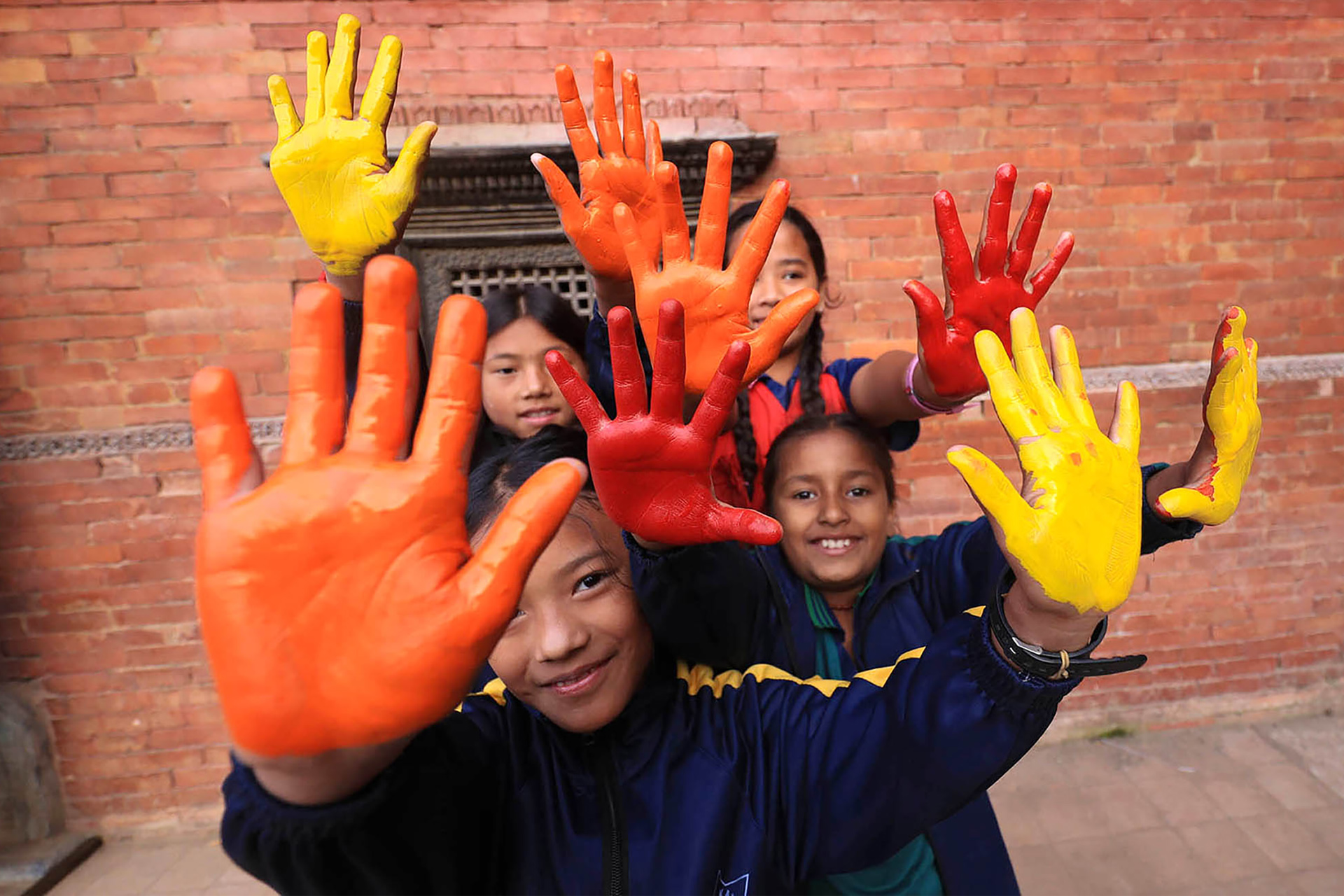The SUN Movement was born from the collective recognition that the international system was failing to address undernutrition – the cause of nearly half of all deaths in children under five. Evidence shows that stunting is irreversible and devastates children’s physical and cognitive development and therefore, the economic growth and stability of countries, was a political call to arms.

The 2008 Lancet series on maternal and child undernutrition ignited stakeholders with the scale of the problem, the Copenhagen Consensus armed them with the economic imperative, and, as a response – as a catalyst for action – the Scaling up Nutrition Movement was born, calling for an end to fragmentation, increased investment and unprecedented collaboration, for greater impact at scale.
In April 2010, a broad group of more than 100 leaders endorsed Scaling Up Nutrition: A Framework for Action, on the margins of the World Bank-IMF Spring Meetings. The first edition of the Road Map for Scaling-Up Nutrition (SUN) was launched in September 2010, by the UN Secretary-General and global leaders during the UN General Assembly.
What Scaling Up Nutrition (SUN) is trying to do—a global movement supporting multi-stakeholder action at country level—is a relatively new approach within international development, and probably one of the most complex and ambitious examples of such partnerships.
SUN Movement Mid-Term Review report 2019
At this time, the Movement brought a new way of working for the global community and in countries – which was ‘ahead of the curve’ with regards to the approach required to deliver the 2030 Agenda for Sustainable Development, launched in 2015. The unique country-led and country-driven SUN Movement approach helps nations bring together multiple stakeholders and multiple sectors to, in unison, address high levels of hunger and malnutrition, with focus on the first 1,000 days of a child’s life.
To meet this challenge, the SUN Movement has advocated for agreement, at the country but also global level, on multi-sectoral nutrition policies, operational plans, financing mechanisms, systems for monitoring progress and procedures for accountability. This is because nutrition is a multi-faceted challenge which requires action by multiple stakeholders, driven by passionate leadership at the highest levels – for results and lasting impact.
The 2013 Nutrition for Growth Summit and 2017 Milan Nutrition Summit have fuelled political and financial commitment for nutrition on a global scale, contributing to a much-needed increase in nutrition financing, which has spurred further progress.
Evolution of SUN countries and the 4 Indian States

The greatest success of the Movement has been its ability to rally and unite countries (and Indian States) around a multi-stakeholder and multi-sectoral way of addressing malnutrition. At the end of 2010, four countries had expressed interest in joining SUN, today the Movement is proud to count 62 countries and four Indian States as members, with Timor-Leste joining SUN in October 2020.
Many of our countries have seen great success in addressing one or more forms of malnutrition, with the support of a vast and wide SUN support system, comprising thousands of organisations and individuals around the world.
